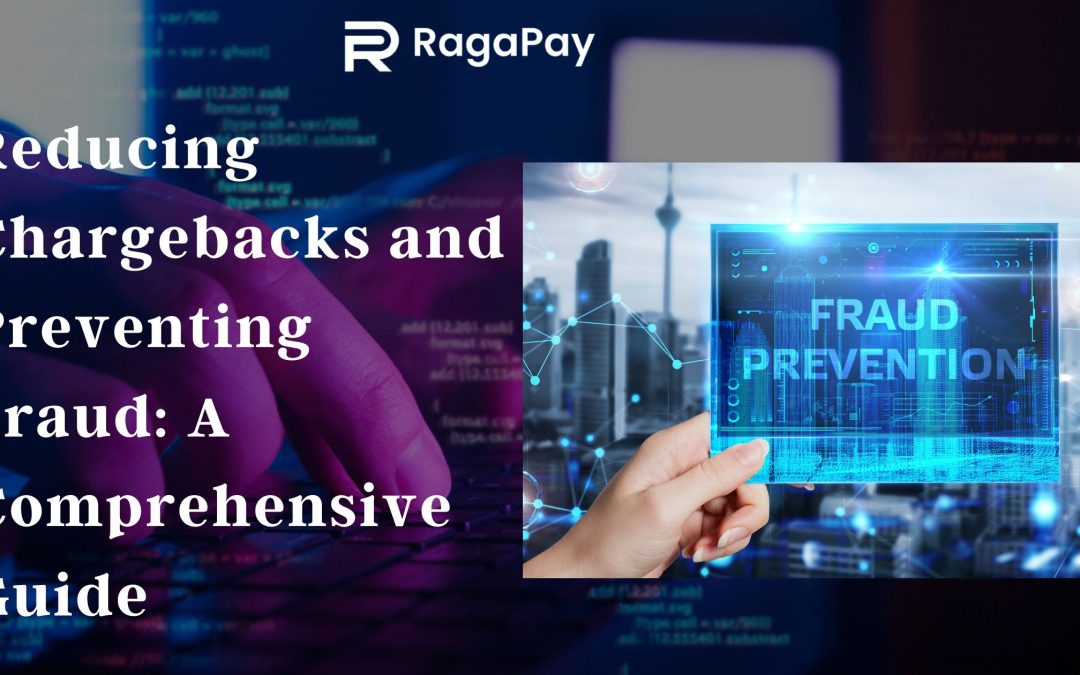Introduction
As online transactions continue to dominate the global market, the risk of chargebacks and fraud has become a significant concern for businesses. Chargebacks occur when customers dispute a transaction with their card issuer, leading to a reversal of funds, and fraudulent activities can result in financial losses and damage to a company’s reputation. In this blog, we will explore effective strategies to decrease chargebacks and prevent fraud, safeguarding your business and fostering customer trust.
Understanding Chargebacks
Chargebacks are initiated by customers for various reasons, such as unauthorized transactions, undelivered goods, or dissatisfaction with the product or service. While some disputes may be legitimate, others can be a result of friendly fraud, where customers falsely claim non-receipt of goods to obtain a refund.
1. Enhanced Customer Communication
To reduce chargebacks, clear and consistent communication with customers is vital. Ensure that all transaction details, delivery information, and return policies are easily accessible and transparent. Promptly address customer inquiries and grievances to prevent them from escalating into chargebacks.
2. Secure Payment Processing
Utilize secure payment gateways that comply with industry standards and use advanced encryption technologies. Implementing 3D Secure protocols can add an extra layer of authentication for card-not-present transactions, reducing the risk of fraud.
3. Accurate Product Descriptions
Provide accurate and detailed product descriptions, including images and specifications, to set the right expectations for customers. Misleading information can lead to chargebacks when customers receive products that don’t meet their expectations.
4. Monitor Suspicious Activities
Keep a close eye on transactions and customer behavior for any signs of suspicious activities. Unusually large orders, multiple transactions from the same IP address, or multiple declined cards may indicate potential fraud.
5. Use Address Verification Service (AVS)
AVS compares the billing address provided by the customer with the address on file with the card issuer. If there’s a mismatch, it may indicate fraudulent activity, allowing you to review the transaction before processing it.
6. Implement a Robust Refund Policy
Offering a customer-friendly refund policy can deter customers from initiating chargebacks. Ensure your return and refund policy is easy to understand and prominently displayed on your website.
7. Educate Customers on Chargeback Process
Educate customers about the chargeback process and encourage them to contact your support team first before disputing a transaction with their bank. Establishing an open channel of communication can resolve issues more efficiently.
Preventing Fraud
Fraudulent activities can wreak havoc on your business’s financial health and reputation. Implementing proactive anti-fraud measures is essential to safeguard your business.
1. Regularly Update Security Measures
Stay updated on the latest security measures and technologies to protect your website and customer data. Regularly update software, use secure sockets layer (SSL) encryption, and employ firewalls to create a robust security infrastructure.
2. Implement Multi-Factor Authentication (MFA)
MFA adds an extra layer of security by requiring customers to verify their identity through multiple channels, such as a one-time password sent to their phone or email.
3. Monitor and Analyze Transactions
Employ advanced fraud detection tools that analyze transaction patterns and behaviors to detect anomalies and potential fraud. These tools can help identify high-risk transactions in real-time.
4. IP Geolocation and Device Fingerprinting
IP geolocation helps verify the physical location of customers, while device fingerprinting tracks unique device characteristics, reducing the risk of fraud by detecting multiple accounts on the same device.
5. Know Your Customer (KYC) Verification
Implement a KYC process to verify customer identities and assess their risk level. Request additional verification documents for high-value transactions or those from high-risk regions.
Conclusion
Chargebacks and fraud pose significant challenges for businesses in the digital age. By taking proactive steps to decrease chargebacks and prevent fraud, businesses can protect their financial interests, maintain customer trust, and ensure the sustainability of their operations. Implementing secure payment processing, enhancing customer communication, and staying vigilant against fraudulent activities are essential components of a comprehensive strategy to safeguard your business in today’s digital landscape. By prioritizing security and customer satisfaction, you can establish a solid foundation for long-term success.

